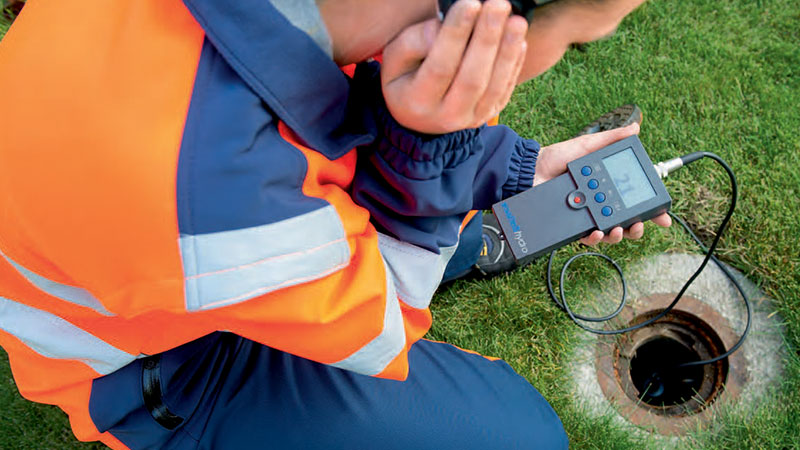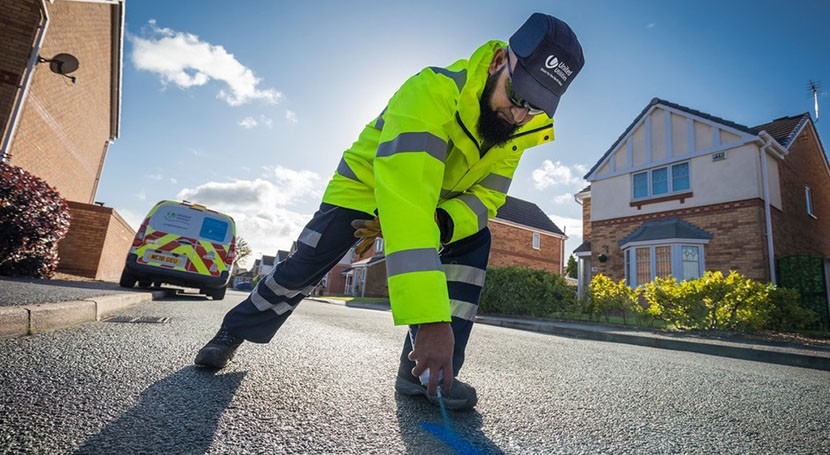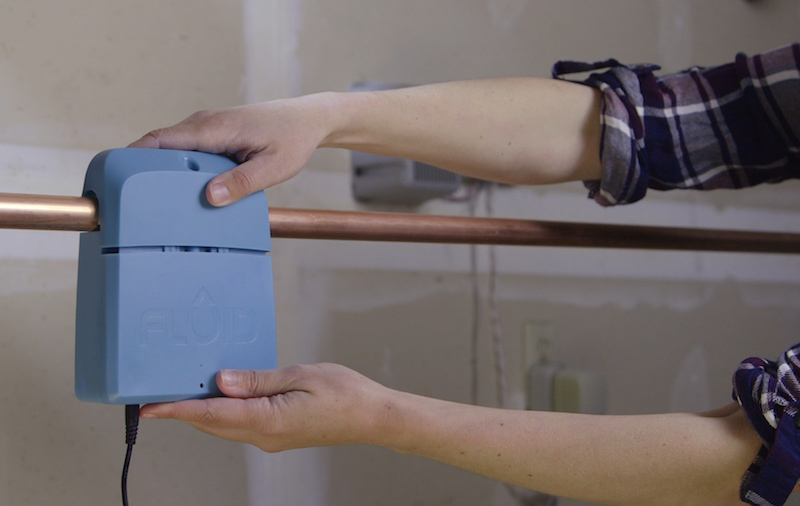Water Leak Detection: Exactly How to Determine and Take Care Of Leaks Before They Trigger Damage
Water Leak Detection: Exactly How to Determine and Take Care Of Leaks Before They Trigger Damage
Blog Article
Ingenious Solutions for Early Detection of Water Leaks in Buildings and Infrastructure
From advanced leak detection innovations to the release of IoT sensing units for real-time surveillance, the landscape of leakage avoidance is developing quickly. Automated water flow analysis systems are reshaping exactly how leaks are determined and attended to, leading the means for an aggressive strategy to water leakage detection.
Advanced Leakage Discovery Technologies
Advanced leakage discovery technologies, equipped with advanced sensors and algorithms, play an important function in quickly identifying and pinpointing water leaks in various settings. These modern technologies use a mix of acoustic, thermal, and electro-magnetic noticing methods to spot leaks properly. Acoustic sensing units identify the audio of escaping water, permitting precise localization of the leakage resource. Thermal imaging identifies temperature level adjustments brought on by water leakage, offering another reliable approach for leakage recognition. Electromagnetic sensors can determine changes in magnetic fields brought on by water, supplying yet an additional layer of leakage detection ability.

IoT Sensors for Real-Time Tracking
In the realm of modern-day water leak discovery, the combination of IoT sensing units for real-time tracking represents a critical innovation in enhancing proactive leakage detection capacities. These sensors supply constant surveillance of water systems, providing real-time information on water circulation rates, pressure variations, and temperature adjustments. By leveraging IoT technology, these sensors can discover also the tiniest anomalies in water usage patterns, making it possible for very early recognition of possible leakages prior to they escalate into significant concerns.
IoT sensors transfer data to a centralized platform, where sophisticated algorithms examine the info and generate notifies or notifications when abnormalities are found. This real-time tracking ability enables property proprietors or facility supervisors to without delay attend to leakages, lessening water damages, minimizing fixing prices, and saving water resources.
Additionally, IoT sensors can be incorporated with structure administration systems, enabling for automated feedbacks to identified leakages, such as shutting off water shutoffs or triggering pumps to reduce the impact of leakages. In general, the implementation of IoT sensing units for real-time tracking significantly boosts the effectiveness and effectiveness of water leakage detection in structures and facilities.
Machine Discovering Algorithms for Leak Forecast

One key benefit of utilizing artificial intelligence for leakage forecast is its ability to continuously find out and enhance its accuracy with time. As even more data is accumulated and fed into the algorithm, it can improve its predictions and adjust to altering conditions, inevitably boosting the reliability of leakage detection systems.
Moreover, artificial intelligence algorithms can aid in determining refined indications of leakages that may go undetected by standard monitoring approaches. water leak detection. By evaluating complex information collections in real-time, these algorithms can give very early warnings and signals, permitting punctual intervention and preventative maintenance to reduce prospective water damages and associated costs
Using Thermal Imaging for Leakage Discovery
Thermal imaging modern technology offers an encouraging method for detecting water leaks in numerous systems and infrastructures. By using infrared radiation and temperature variations, thermal imaging cameras can identify concealed leakages that are not easily visible to the naked eye. When water gets away from pipelines or structures, it typically transforms the temperature of the surrounding area, producing temperature level differentials that thermal cams can catch. These temperature level abnormalities are after that converted into visible pictures, highlighting the specific area of the leakage.
One of the vital benefits of thermal imaging for leak detection is its non-intrusive nature. Overall, the usage of thermal imaging modern technology improves the effectiveness and accuracy of water leak discovery, making it a useful tool for maintaining the go to my site stability of structures and frameworks.
Automated Water Flow Analysis Equipments
Just how can automated water flow analysis systems revolutionize the discovery and administration of leaks in various systems and frameworks? Automated water flow analysis systems use a positive method to leakage detection by continuously keeping track of water circulation prices and patterns. By developing baseline information, these systems can promptly determine variances that might suggest a leakage, enabling timely intervention to avoid substantial damages.
These systems use sophisticated algorithms to assess real-time data and provide instant alerts when anomalies are found, enabling for swift helpful site action to be taken. Furthermore, computerized water flow analysis systems can be incorporated with building management systems or IoT platforms, boosting total efficiency and allowing remote tracking capacities.
Moreover, the information gathered by these systems can be utilized for anticipating maintenance purposes, helping to identify potential powerlessness in the infrastructure before leakages take place. Overall, the execution of computerized water circulation evaluation systems can substantially enhance leak detection and management techniques, inevitably causing set you back savings, decreased water wastage, and increased sustainability in structures and facilities.

Conclusion
Finally, the integration of sophisticated leakage discovery modern technologies, IoT sensing units, machine discovering formulas, thermal imaging, and computerized water circulation evaluation systems offers innovative services for very early detection of water leaks in buildings and facilities. These innovations allow real-time surveillance, forecast of leaks, and effective detection techniques to stop water damage and wastefulness. Applying these remedies can help in maintaining the integrity and sustainability of water systems in different setups.
Report this page